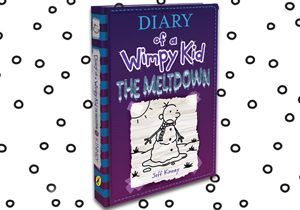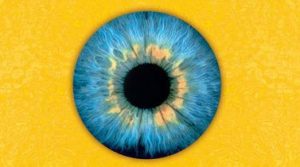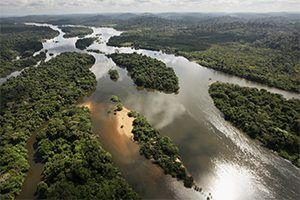
Animal friendships primary resource
Celebrate International Friendship Day with these unusual animal companions…
This primary resource was created for International Friendship Day, to help pupils consider what makes a good friend. By looking at ten fun and unusual friendships in the animal world, children can understand the extraordinary ways that working together can help improve lives. Who helped Spanky the horse to become less aggressive and more relaxed? Why was a tortoise the best companion for a rejected hippo? Why is Princess the dog such a good chimp protector?
The teaching resource can be used in study group tasks for discussion about the social behaviour, communication and relationships between animals – and how they compare to humans. It could be used as a printed handout for each pupil to review and annotate, or for display on the interactive whiteboard for class discussion.
Activity: Ask the children to think about the importance of friendships. Using the primary resource, ask them to list all the reasons why the animals mentioned were given special friends. Thinking about these reasons, hold a class discussion about why having friendships is good for us humans, too. Pupils could design Friendship Day cards and hand them out to other members of the class. As a literacy task, they could write short stories or poems about friendships or needing a friend.
N.B. The following information for mapping the resource documents to the school curriculum is specifically tailored to the English National Curriculumand Scottish Curriculum for Excellence. We are currently working to bring specifically tailored curriculum resource links for our other territories; including South Africa, Australia and New Zealand. If you have any queries about our upcoming curriculum resource links, please email: schools@ngkids.co.uk
As a Science resource, this primary resource assists with teaching the following Key Stage 1 Science (Year 1) objectives from the National Curriculum:
Pupils should be taught to:
- identify and name a variety of common animals including fish, amphibians, reptiles, birds and mammals
- identify and name a variety of common animals that are carnivores, herbivores and omnivores
- describe and compare the structure of a variety of common animals (fish, amphibians, reptiles, birds and mammals, including pets)
Pupils might work scientifically by: using their observations to compare and contrast animals at first hand or through videos and photographs, describing how they identify and group them
National Curriculum Key Stage 1 Science (Year 2) objective:
Pupils should be taught to:
-
- identify that most living things live in habitats to which they are suited and describe how different habitats provide for the basic needs of different kinds of animals and plants, and how they depend on each other
Pupils should be introduced to the idea that all living things have certain characteristics that are essential for keeping them alive and healthy. They should raise and answer questions that help them to become familiar with the life processes that are common to all living things.
Pupils should be taught to:
- notice that animals, including humans, have offspring which grow into adults
- find out about and describe the basic needs of animals, including humans, for survival (water, food and air)
This Animals primary resource assists with teaching the following Sciences Early level objectives from the Scottish Curriculum for Excellence:
- I have observed living things in the environment over time and am becoming aware of how they depend on each other
Scottish Curriculum for Excellence Second level Sciences objectives:
- I can identify and classify examples of living things, past and present, to help me appreciate their diversity. I can relate physical and behavioural characteristics to their survival or extinction.
- I can use my knowledge of the interactions and energy flow between plants and animals in ecosystems, food chains and webs. I have contributed to the design or conservation of a wildlife area.
Scottish Curriculum for Excellence Third level Sciences objectives:
- I can sample and identify living things from different habitats to compare their biodiversity and can suggest reasons for their distribution.
Scottish Curriculum for Excellence Fourth level Sciences objectives:
I understand how animal and plant species depend on each other and how living things are adapted for survival. I can predict the impact of population growth and natural hazards on biodiversity.
Download primary resource
More Like

Diary of a Wimpy Kid: The Meltdown!

Win a trip to the jungle with LEGO® City Jungle!

Your Amazing Eyes!










LEAVE A COMMENT
THANK YOU
Your comment will be checked and approved shortly.
WELL DONE,
YOUR COMMENT
HAS BEEN ADDED!
COMMENTS
CUSTOMIZE YOUR AVATAR